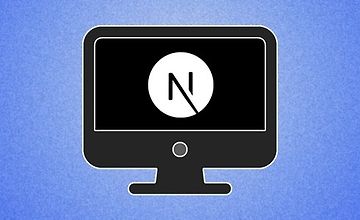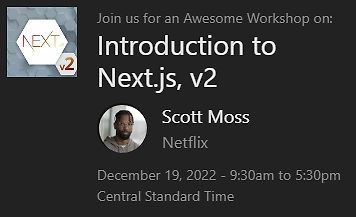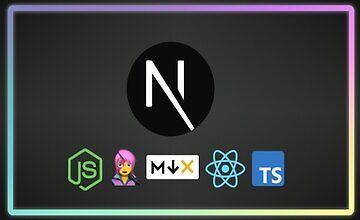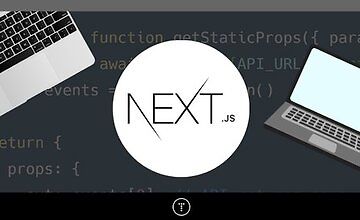
udemy
Udemy - одна из самых больших площадок в мире по доставке обучающего контента от разных авторов всего мира. Присутсвуют курсы практически на любую тему.
The Next.js 13 Bootcamp - The Complete Developer Guide
NextJS 13 - потрясающий фреймворк более высокого уровня, построенный на основе React, который полностью изменит ваше представление о том, как создавать веб-приложения.
В этом курсе мы узнаем все потрясающие возможности NextJS 13, создавая приложение для бронирования столиков в ресторане, где люди смогут просматривать рестораны и бронировать столики.
В первую очередь мы изучим файловую систему в NextJS 13. Мы узнаем, как создавать статические и динамические маршруты, просто определяя файлы и папки.
Затем мы рассмотрим, как обрабатывать состояния загрузки, ошибок, отсутствия и успешности в нашем приложении.
Позже, мы перейдем к режимам рендеринга компонентов React. Мы узнаем о различиях между серверными и клиентскими компонентами и когда мы должны использовать один вместо другого.
После этого мы погрузимся в серверную часть NextJS. Мы создадим базу данных Postgres и определим необходимые модели с помощью Prisma (ORM). Мы узнаем, как извлекать данные из этой базы данных, в зависимости от используемого компонента.
Также мы перейдем к бэкэнду и начнем определять некоторые конечные точки аутентификации. Мы реализуем аутентификацию с нуля, используя промежуточное программное обеспечение, хэшеры и JSON-токены.
Точки аутентификации будут использоваться нашим клиентом, а данные пользователя будут храниться глобально с помощью API контекста.
Затем мы перейдем к завершению нашего приложения, создав систему доступности и планирования. Мы будем использовать несколько алгоритмов и логического мышления, чтобы достичь этого.
Это пробный урок. Оформите подписку, чтобы получить доступ ко всем материалам курса. Премиум

Udemy - одна из самых больших площадок в мире по доставке обучающего контента от разных авторов всего мира. Присутсвуют курсы практически на любую тему.

Next.js, описанный как «React фреймворк для продакшена», упрощает создание высокооптимизированных веб-приложений в React. Этот курс поможет вам изучить Next.js, разработав два примера: полностью статичный веб-сайт и гибридное (статическое + рендеринг на стороне сервера) приложение. Первый пример, личный веб-сайт блог, познакомит вас с фундаментальными концепциями Next.js, такими как предварительный рендеринг, маршрутизация на основе ф

Next.js - это полноценный фреймворк, созданный на основе React.js. Узнайте, как создавать приложения и статические сайты, используя самоуверенные подходы, которые предлагает Next.js. Мы рассмотрим все, от начала до развертывания, а также все основы между ними. Вы покинете этот курс, зная, как создавать веб-приложения и статические сайты с помощью Next.js.

Изучите Next JS у отраслевых экспертов, используя лучшие современные практики. Единственный курс Next JS + курс по проектам, который вам нужен, чтобы изучить Next JS, создавать приложения React корпоративного уровня с нуля и получить работу в качестве разработчика Next.js в 2023 году.


Next.js - это фреймворк для создания веб-сайтов React, с рендерингом на стороне сервера, а также статических веб-сайтов. Это проектный курс для изучения Next.js. Мы создадим приложение для музыкальных событий, которое даст вам базовые знания, необходимые для создания ваших собственных приложений и будем использовать Strapi (headless CMS) в качестве нашего бэкенда, но вы можете использовать что угодно.
Says it was updated 4/2023, and this course is released here 3/2023. Is there an update @admin?